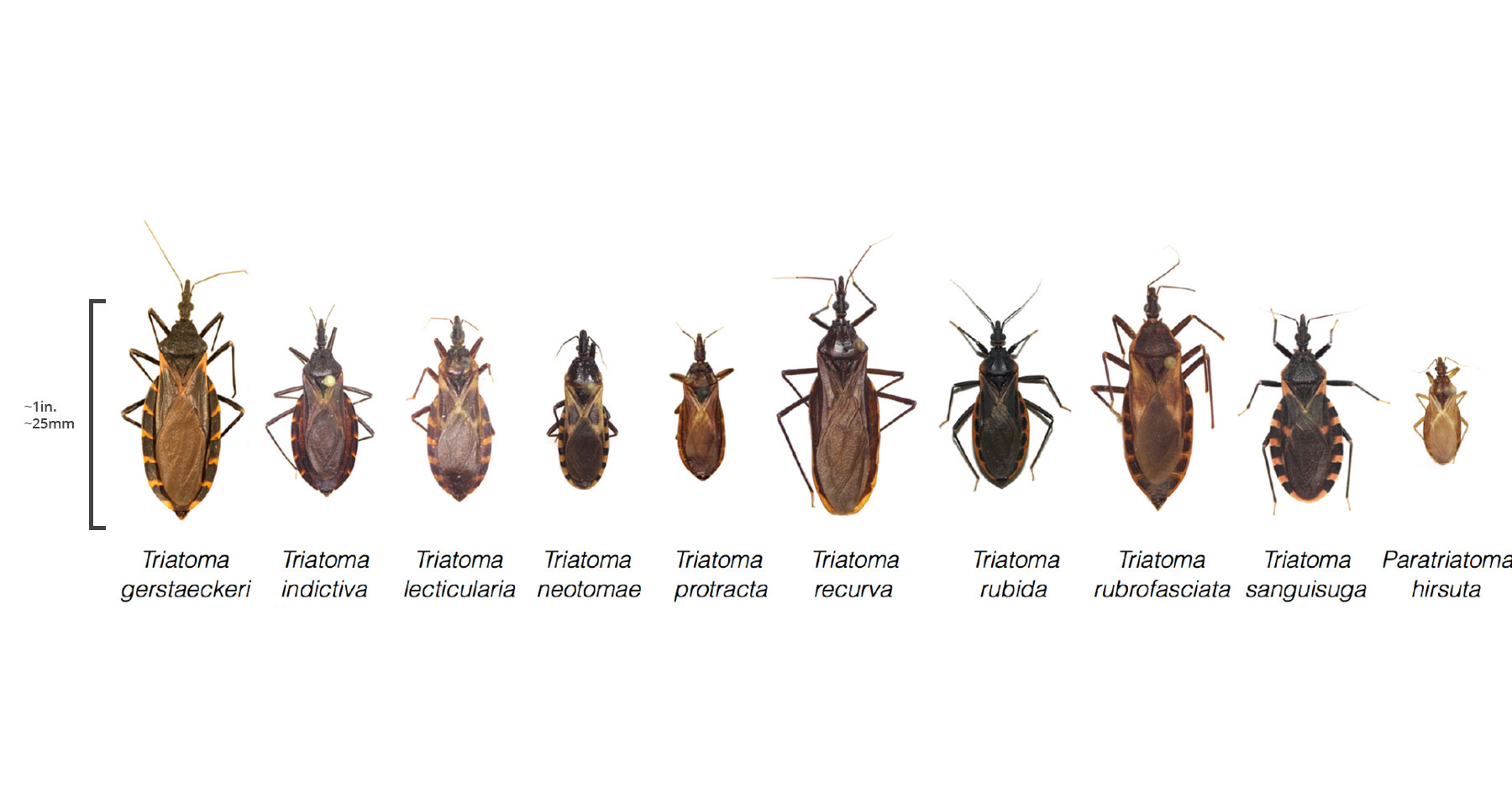Report on a Novel Breast Cancer Study and its Implications for Sustainable Development Goals
Executive Summary
A recent study by researchers at the Fox Chase Cancer Center introduces a novel methodology for analyzing breast cancer tumor growth rates. This research provides a detailed assessment of the speed at which breast cancers develop and quantifies the impact of surgical delays on cancer staging. The findings offer critical insights into tumor progression during the period between diagnosis and surgical intervention, directly informing strategies aimed at achieving United Nations Sustainable Development Goal 3 (Good Health and Well-being).
Key Research Objectives and Findings
The study focused on providing a quantitative understanding of breast cancer progression. The primary outcomes include:
- The development of a new analytical model to measure tumor growth rates with high precision.
- An in-depth assessment of how quickly breast cancers grow in patients post-diagnosis.
- A clear correlation established between the length of delay before surgery and the advancement of cancer staging.
Alignment with Sustainable Development Goals (SDGs)
This research significantly contributes to the advancement of several SDGs, most notably SDG 3, by providing evidence-based insights for improving health outcomes.
SDG 3: Good Health and Well-being
- Target 3.4: By seeking to reduce premature mortality from non-communicable diseases, this study provides crucial data for optimizing breast cancer treatment timelines. Understanding tumor growth rates allows for more effective clinical management, directly contributing to the reduction of mortality from breast cancer.
- Target 3.8: The findings underscore the importance of achieving universal health coverage, which includes access to timely and quality essential health-care services. The evidence that surgical delays negatively affect cancer staging highlights systemic weaknesses that must be addressed to ensure equitable and effective care for all.
SDG 9: Industry, Innovation, and Infrastructure
- Target 9.5: The study is a prime example of enhancing scientific research and innovation. The novel methodology developed by the Fox Chase Cancer Center represents a technological advancement in oncology research that can be scaled and applied globally to improve cancer care.
Policy and Healthcare Implications
The study’s conclusions have direct implications for healthcare policy and clinical practice, aligning with the overarching objectives of the SDGs.
- Minimizing Treatment Delays: The evidence strongly supports policies aimed at reducing wait times between diagnosis and surgery to prevent cancer progression and improve patient prognosis.
- Informing Clinical Guidelines: The data on tumor growth can be used to refine clinical guidelines, helping oncologists prioritize cases and make more informed treatment decisions.
- Resource Allocation: The research justifies increased investment in healthcare infrastructure and workforce capacity to ensure timely surgical intervention, a critical step toward fulfilling the promise of SDG 3.
Analysis of Sustainable Development Goals (SDGs) in the Article
1. Which SDGs are addressed or connected to the issues highlighted in the article?
The article primarily addresses two Sustainable Development Goals:
- SDG 3: Good Health and Well-being: The core subject of the article is a medical study on breast cancer. It discusses tumor growth, cancer staging, and the effects of surgical delays, all of which are central to ensuring healthy lives and promoting well-being by combating non-communicable diseases.
- SDG 9: Industry, Innovation, and Infrastructure: The article highlights a “novel method to analyze tumor growth rates” and “new methods” developed by researchers. This points directly to the goal of fostering innovation and enhancing scientific research.
2. What specific targets under those SDGs can be identified based on the article’s content?
Based on the article’s focus, the following specific targets can be identified:
-
Target 3.4: “By 2030, reduce by one-third premature mortality from non-communicable diseases through prevention and treatment and promote mental health and well-being.”
- Explanation: The research described in the article aims to provide an “in-depth assessment… of how fast breast cancers grow” and how delays affect “cancer staging.” This knowledge is crucial for improving treatment strategies for breast cancer, a major non-communicable disease, thereby contributing to the reduction of premature mortality.
-
Target 9.5: “Enhance scientific research, upgrade the technological capabilities of industrial sectors in all countries… encouraging innovation and substantially increasing the number of research and development workers…”
- Explanation: The article explicitly mentions a “novel Fox Chase Cancer Center study” that “uses new methods.” This represents a direct contribution to enhancing scientific research and innovation in the medical field, which is the core of this target.
3. Are there any indicators mentioned or implied in the article that can be used to measure progress towards the identified targets?
Yes, the article implies several indicators that can measure progress:
-
For Target 3.4: While the official indicator is mortality rate (Indicator 3.4.1), the article implies intermediate or proxy indicators that are used to measure the progression of the disease and the impact of healthcare interventions.
- Implied Indicators:
- Tumor growth rates: The study’s method is designed to “analyze tumor growth rates,” providing a direct measure of disease progression.
- Changes in cancer staging: The research assesses how delays “may affect breast cancer staging,” which is a critical metric for determining prognosis and treatment effectiveness.
- Implied Indicators:
-
For Target 9.5: The article itself is evidence of progress toward this target.
- Implied Indicators:
- Publication of scientific research: The mention of a “newly published study” serves as a direct indicator of research and development output, which is a key component of measuring progress in scientific innovation (related to official indicator 9.5.1 on R&D expenditure).
- Implied Indicators:
4. Summary Table of SDGs, Targets, and Indicators
| SDGs | Targets | Indicators |
|---|---|---|
| SDG 3: Good Health and Well-being | Target 3.4: Reduce premature mortality from non-communicable diseases through prevention and treatment. |
|
| SDG 9: Industry, Innovation, and Infrastructure | Target 9.5: Enhance scientific research and encourage innovation. |
|
Source: foxchase.org







